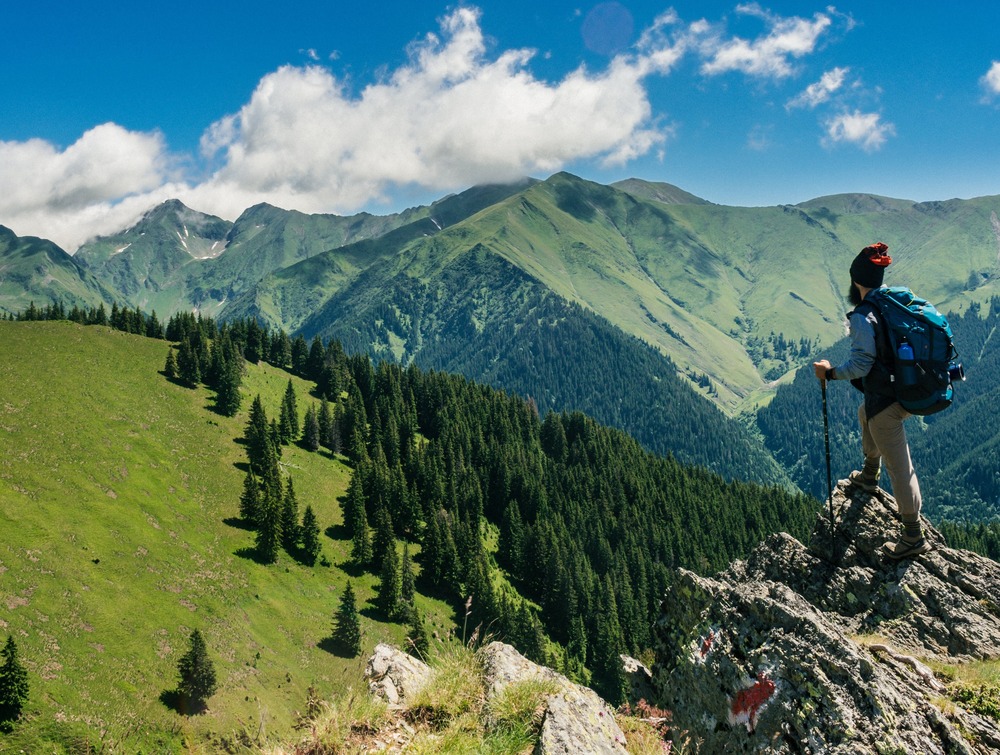Camping is a great way to get out and explore the great outdoors, but it can be hard to choose the right equipment for your particular adventure. Camping tent pegs are a key piece of equipment that can make or break you’re camping experience. The right pegs will help secure your tent and keep it from blowing away in the wind, but the wrong ones can lead to disaster. If you’re looking for the best camping tent pegs for your outdoor adventure, you’ve come to the right place.
This ultimate guide will provide you with all the information you need to choose the right pegs for your situation, including features to look for, different types of pegs, and helpful tips. With this guide, you can make sure that you’re camping experience is a safe and successful one. So, here is the ultimate guide to choosing the best camping tent pegs, let`s go.

What are camping tent pegs and why are they important?
Tent pegs, or stakes, are a crucial part of any good outdoor tent. They are used to secure you`re tent to the ground to prevent it from blowing away in the wind. Choosing the right pegs for your outdoor adventure can make all the difference in whether you stay dry and warm or get caught in the rain.
A poorly-secured tent can lead to disastrous consequences. In extreme weather conditions, like high winds or heavy rain, an improperly secured tent may be blown away entirely.
Pegged incorrectly, the ground underneath can also become damaged. Pegged improperly, stakes may become loose and fall out as heavy gusts of wind pass through your campsite.
Because of these potential outcomes, choosing the right tent pegs for your situation is crucial to a safe and successful camping trip. Make sure you choose the best pegs for the job with this guide.
Features to consider when choosing tent pegs
There are a few different features that you want to look for when choosing the best tent pegs for your situation. These include size, strength, durability, and design.
Size
The size of your pegs will depend on the type of ground you are putting your tent in. For harder ground, you will want longer and thicker pegs, while sandier ground will require shorter and thinner pegs.
Strength
The strength of your pegs will depend on how much weight you want to put on them. If your tent has a tarp that hangs low, you will want pegs that will be able to support the extra weight.
Durability
To protect your tent from your pegs, it is important to choose pegs that won’t rust or damage your fabric.
Design
You don’t want your pegs to be too heavy or bulky, but you want them to do their job well. Choose pegs that are designed for the job at hand.

Different types of camping tent pegs
Stacked-end
These are the most common type of tent peg. The stacked-end design is very versatile, allowing them to be hammered into almost any ground.
Stake-end
Another common peg, the stake-end is best used for sandier soil. These are often included in tent kits.
Stake-end with ring
These are a combination of stacked-end and stake-end pegs. They can be used in both hard and soft ground, while their ring design makes them easy to pull out of the ground.
Stake-end with prongs
These pegs have multiple spike designs, providing a stronghold for any type of ground.
Stake-end with claw
These pegs have a strong and wide claw design, making them great for harder ground.
Stake-end with a screwdriver
These pegs are a combination of stacked-end and stake-end pegs with a screwdriver at the top, making them extremely easy to use and remove from the ground.

Tips for choosing the right tent pegs
Test them out
Before you leave for you’re camping trip, make sure you test out your pegs. Hammer them into different types of ground to make sure they work the way they should.
Choose the right size
Depending on the soil type, you will want to choose a different size peg. For softer ground, use smaller pegs, and for harder ground, use larger pegs.
Choose the right strength
Stronger pegs will be able to put up with more weight, but they may be harder to remove from the ground. For a tarp that hangs low, choose a stronger peg.
Find the right material
Some materials are better for outdoor conditions than others. Metal, like steel for example, can rust, so my choice would be aluminium. Nylon and plastic, on the other hand, may be more difficult to remove from the ground and break more easily.
How to use tent pegs effectively
First, decide whether you will use a hammer, rubber mallet or an insertion. If you use a hammer or mallet, make sure that you hammer the peg in at an angle, away from the direction of your tent.
If you will use an insertion, make sure that you push the peg in straight. Next, decide where you will place your pegs. The general rule of thumb is to place your pegs one foot away from the edge of the tent, two feet apart, and one foot away from the seam of the tent.
Make sure that the pegs are below the level of the ground, preferably at least 8 inches. Lastly, be careful when removing your pegs.
Pulling on the peg will cause it to move out of the ground more easily. Instead, grasp the peg about an inch away from the ground and pull it straight up. This will help keep the peg from getting stuck in the ground.

How to store tent pegs
For long-term storage, keep your pegs in a cool, dry place away from direct sunlight. Keep the tent pegs in a safe place and away from children. If you have a peg bag, you can store them in there, but make sure they are clean first.
When you are ready to use them again, you can clean them with water and a bit of soap, or with WD-40. For short-term storage, you can obviously keep them with the tent.
If you haven’t a tent bag you can use a paper or plastic bag if you don’t have anything else, but if you do use plastic, make sure no moisture gets to them. The important thing is to keep them clean, dry and away from moisture.
Conclusion
When choosing the best tent pegs for your situation, it’s important to consider the size, strength, durability, and design of the pegs. It’s also important to test out the pegs before leaving for your trip. You can keep your pegs clean and stored properly between uses.


